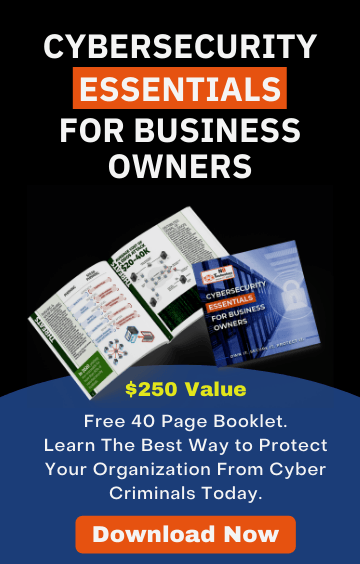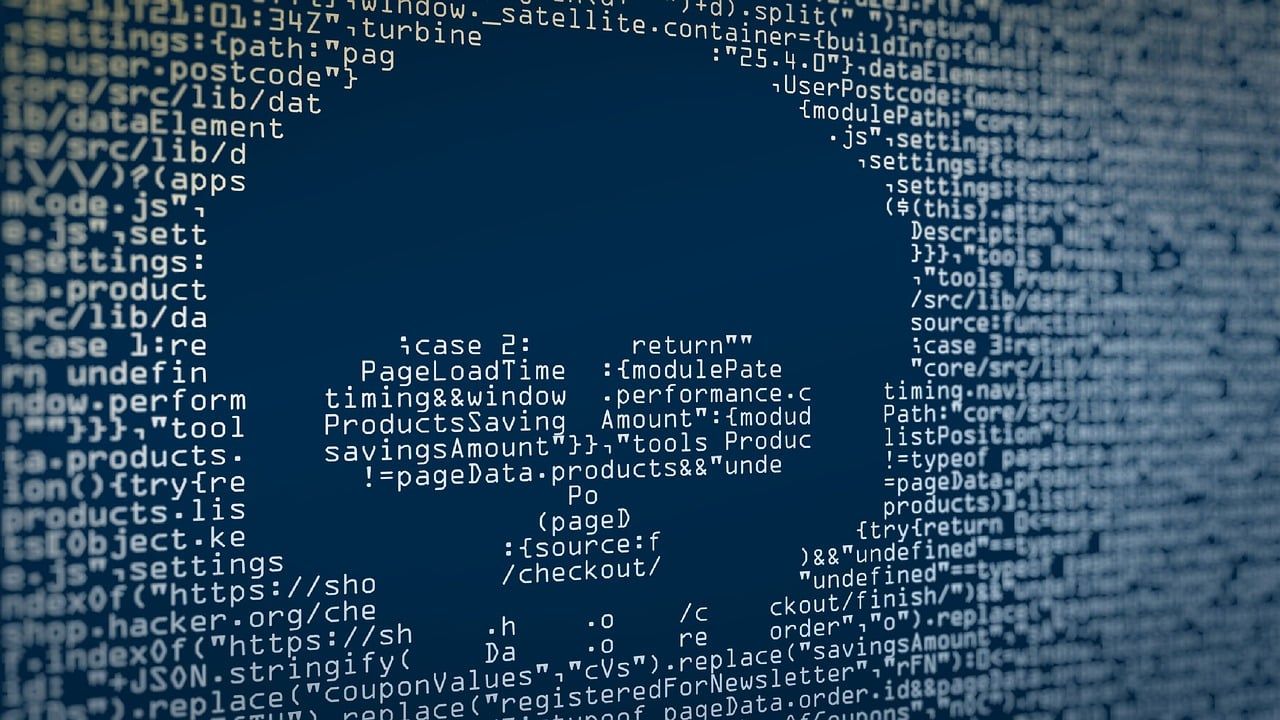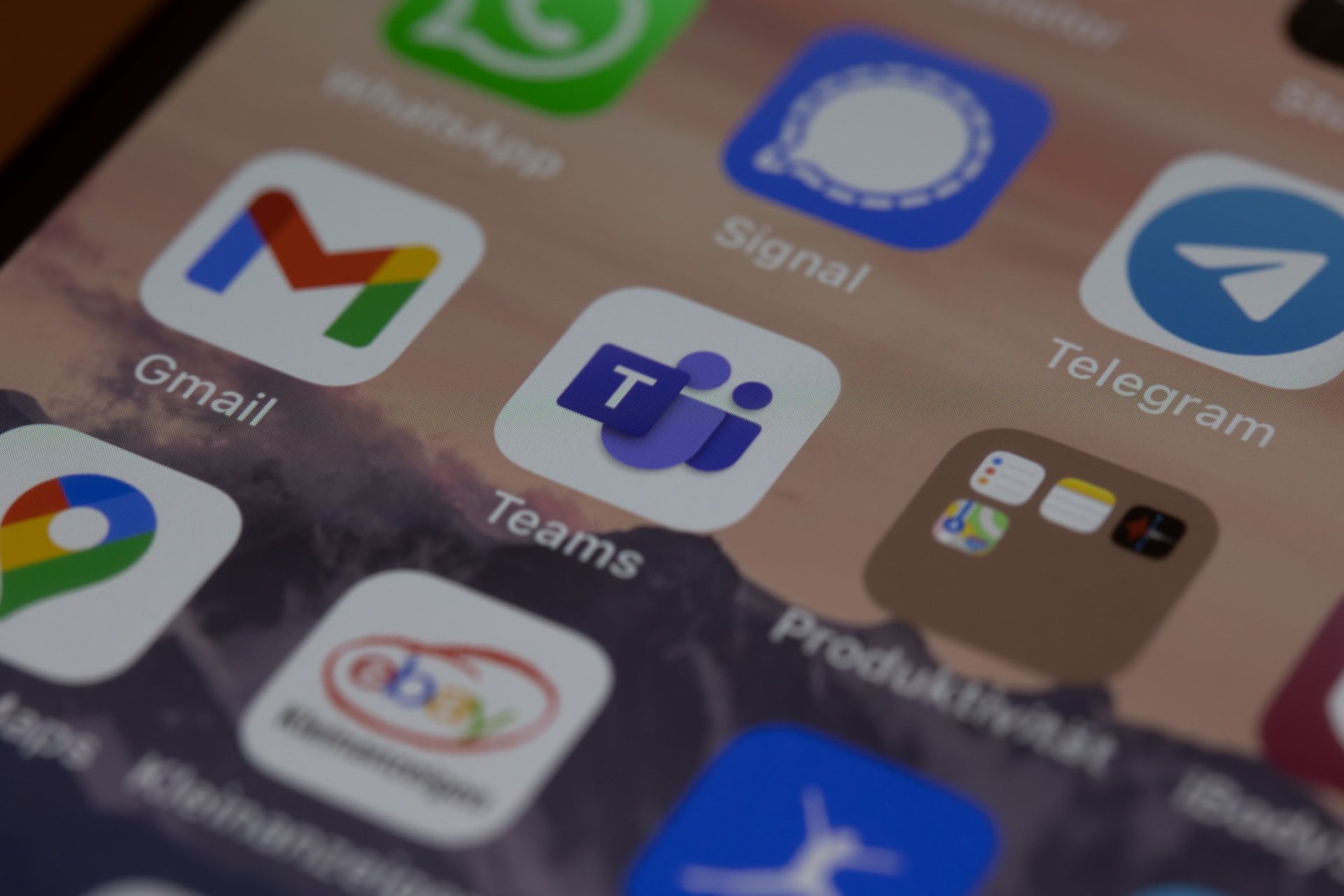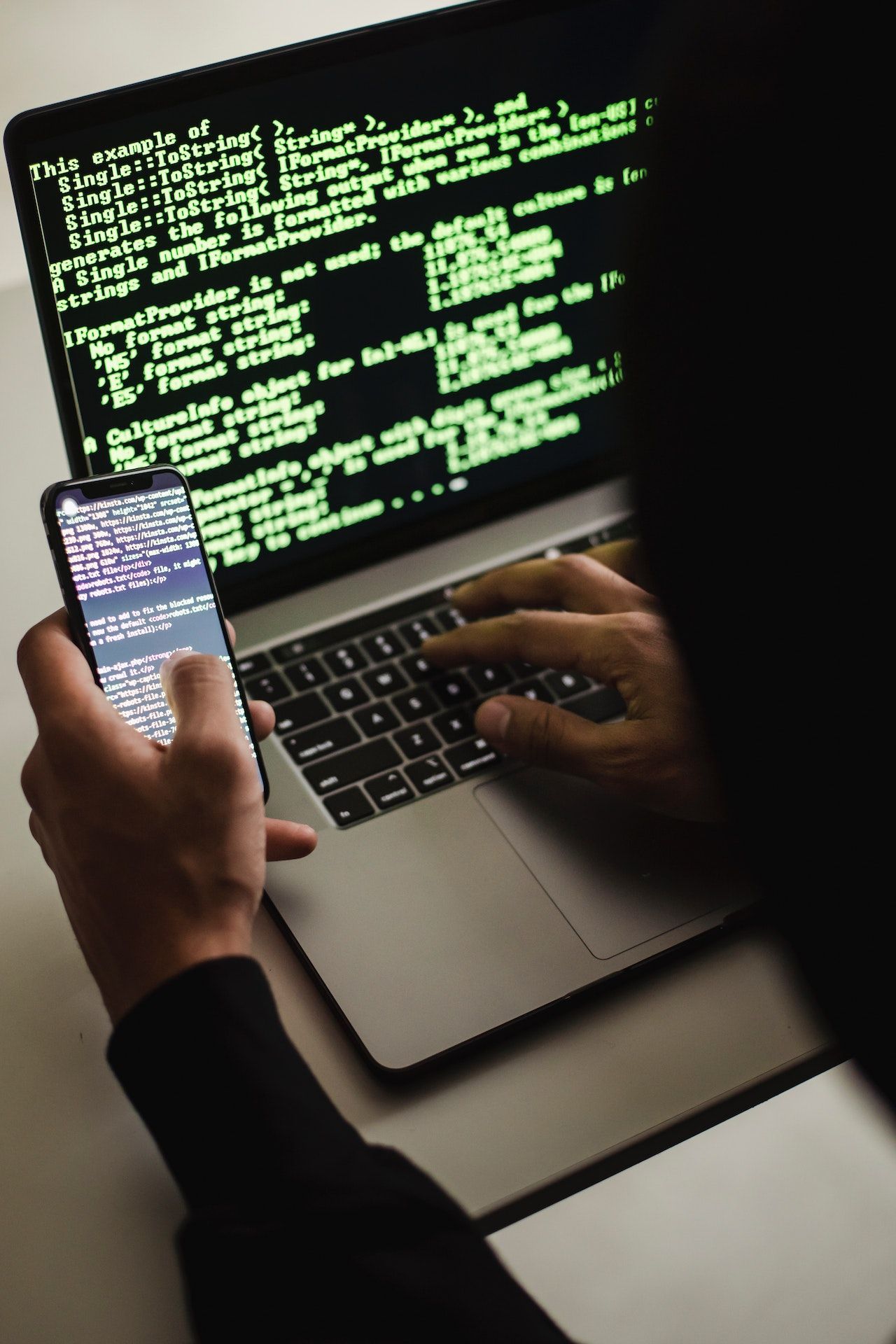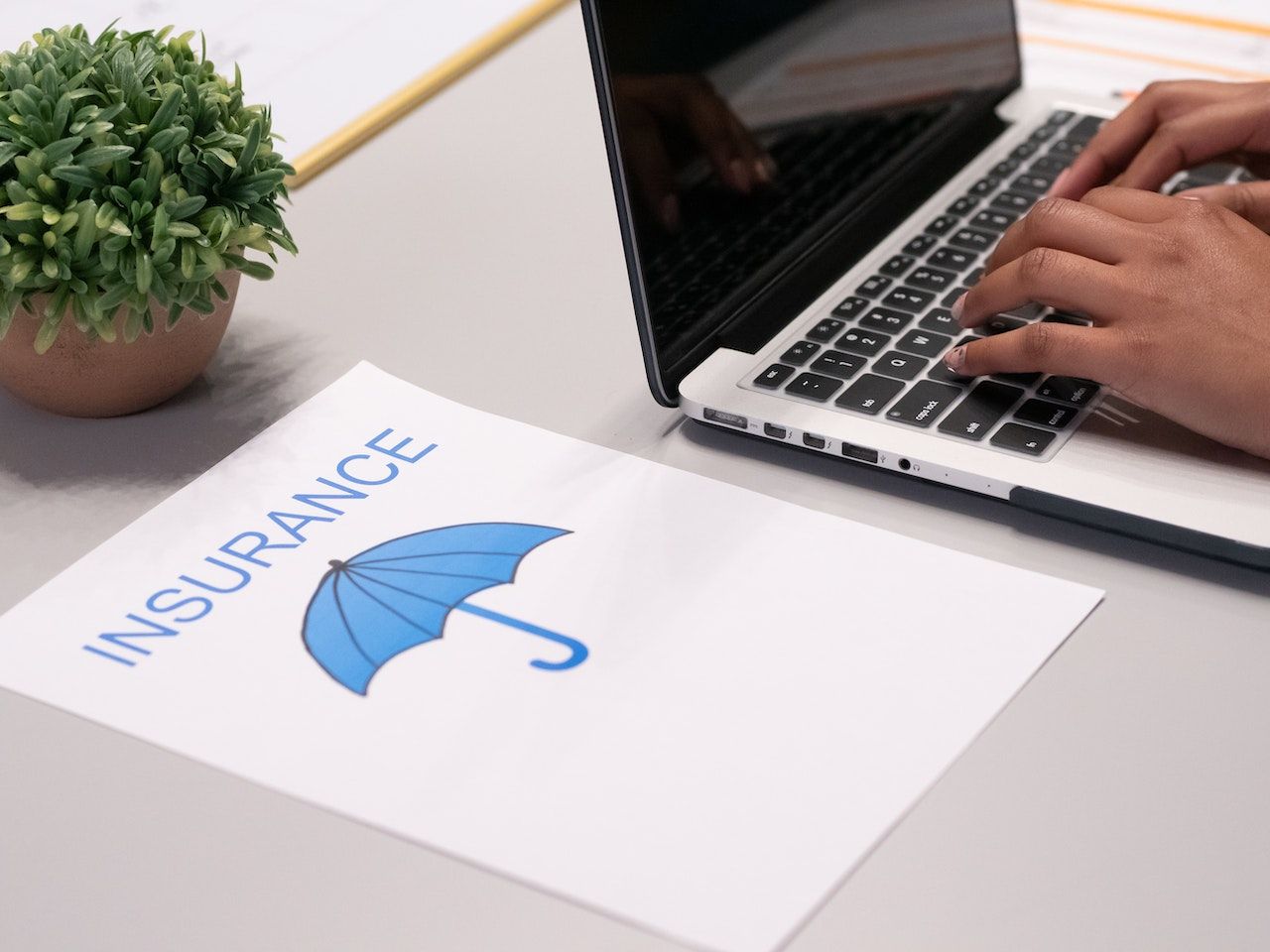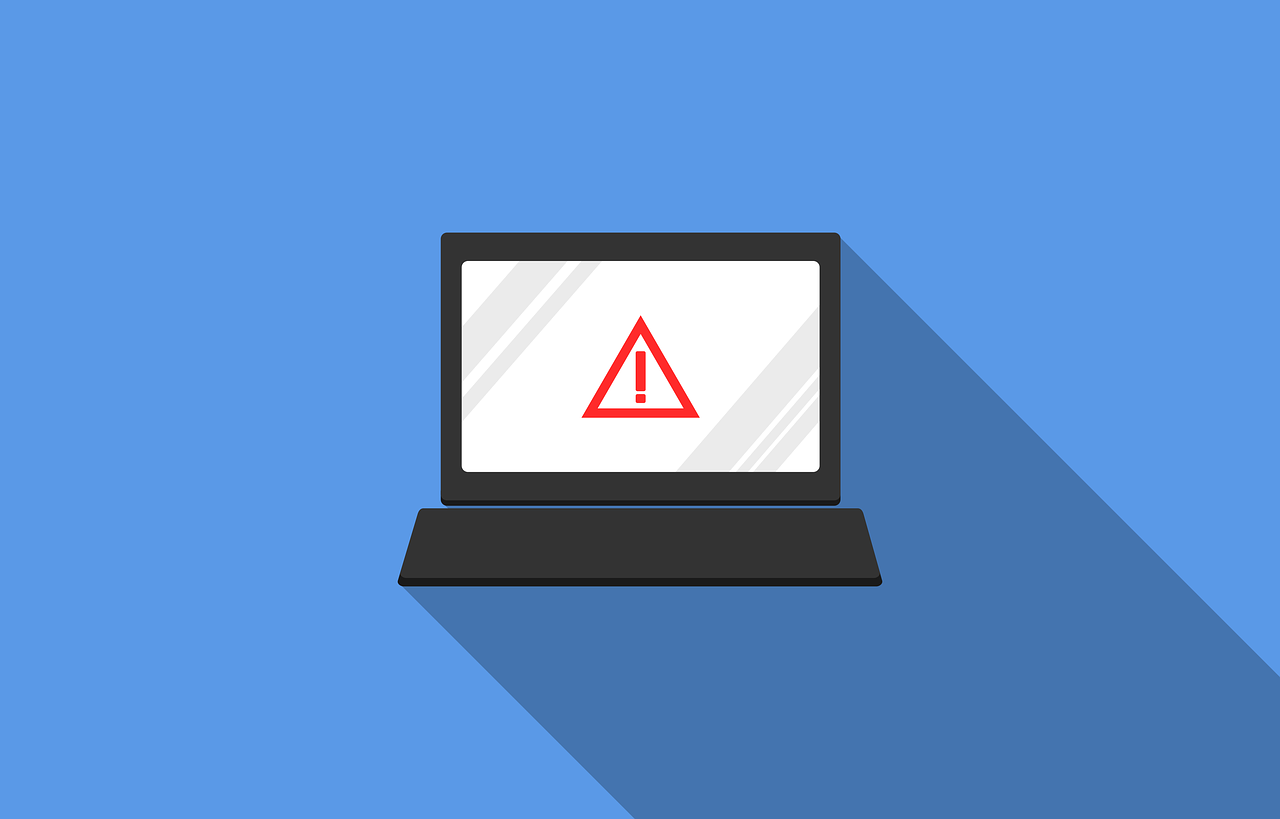Is Your Business Ready For A Ransomware Attack?
April 4, 2023
Cybercrime is on the rise around the world, and that includes ransomware attacks. According to the 2022 SonicWall Cyber Threat Report, there have been around
623 million ransomware attacks globally.
Every business is vulnerable and should be thinking about how to be ready for a ransomware attack. Considering that 60% of small and mid-sized businesses that are hacked go out of business within 6 months, cybersecurity should be a business priority.
Is your data backed up? How would your company recover from a ransomware attack? Do you have a plan in place for how to proceed if your data is held ransom in exchange for hundreds of thousands (or even millions) of dollars?
Rather than waiting to see if you’re targeted, it’s best to be prepared and take steps to keep your systems and data protected.
Below we look at what a ransomware attack entails, and on steps you can take to prevent a ransomware attack.
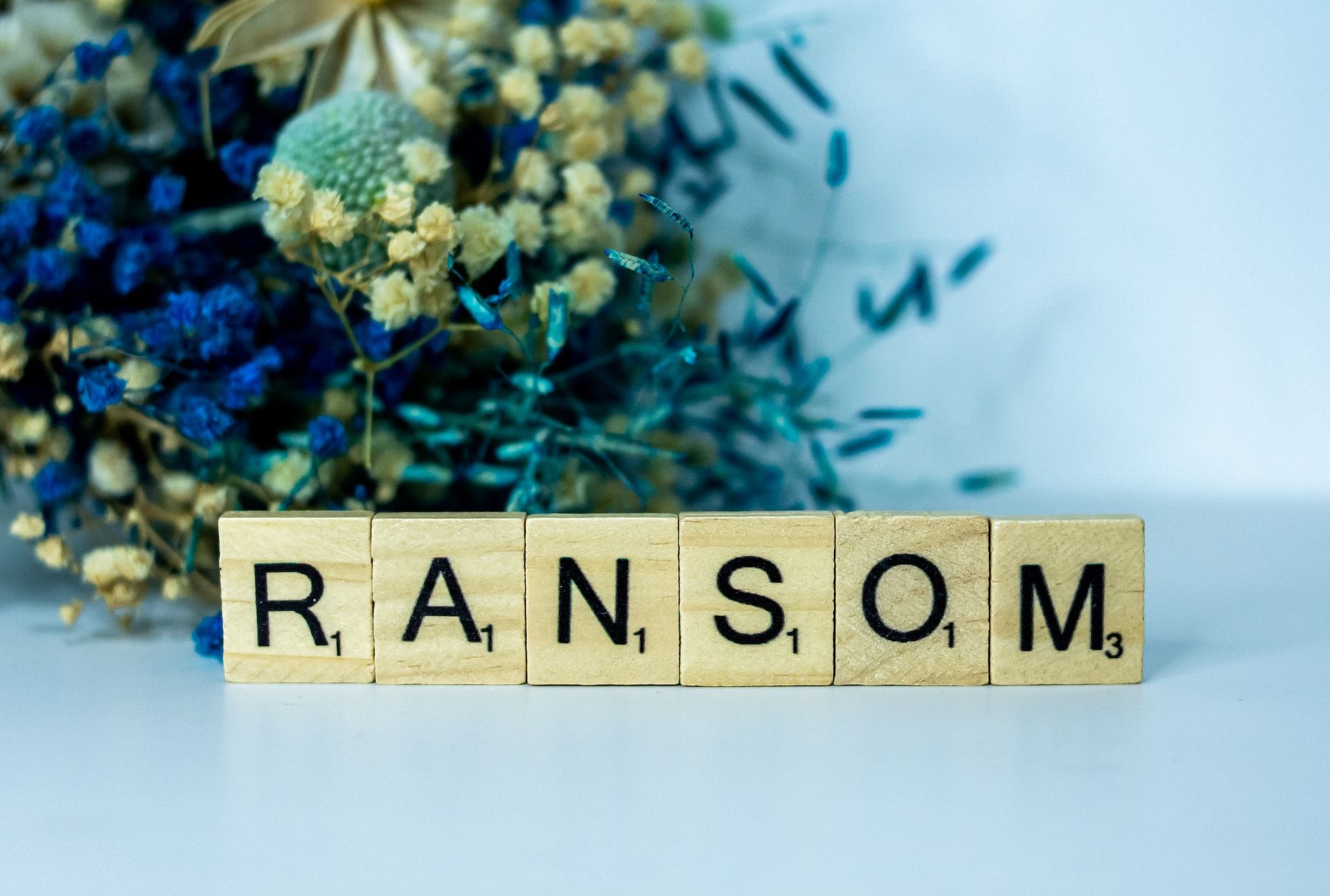
What is ransomware?
Ransomware is a type of malware or a virus that’s created by a hacker to prevent you from being able to access data or systems until you pay a ransom.
Connected devices, computers, phones, tablets and other computer technology can become infected with ransomware. Either one device becomes infected, or sometimes your whole system can be affected.
Phishing emails are a common source of ransomware attacks, where an employee will click on a link in an email which then triggers a virus being installed on your device.
Most ransomware either locks you out of being able to access your data or it encrypts your data. For example, PIN locker ransomware will change your device’s pin code, which means you won't be able to unlock your device or access your data.
Another example of ransomware is disk coding ransomware which encrypts critical file system structures so that you can’t access your operating system.

How does a ransomware attack work?
Once your device or system has been infected with ransomware, you’ll be locked out of your device or system. That means you won’t be able to access your data, and for any business that can be crippling. What’s more, you may have sensitive and confidential data which you are responsible for protecting that may be the subject of a ransomware attack.
After you’re locked out or your files are encrypted, a ransom will be demanded.
When a ransom is demanded, you’ll often be asked to pay an amount in a cryptocurrency like Bitcoin, so that the hacker can’t be traced. You’ll also often see a clock counting down and will be asked to pay the ransom before the time runs out, otherwise your data will be destroyed.
And even if you end up paying the ransom, there’s no guarantee that the hacker behind the attack will unlock your files.
Ransomware attacks are rapidly rising in number and they often target small and medium sized companies. The financial sector and healthcare industries seem to be particularly prime targets. Ransomware attacks can be costly, they can slow down productivity, and they can even cause the collapse of companies.
That’s why taking action to prevent ransomware attacks from happening in the first place is critical to all businesses.

How to prevent a ransomware attack
The implications of a ransomware attack for any business can be dire. Luckily there are many actions that companies can take to help prevent a ransomware attack.
This includes having a disaster recovery strategy, analyzing and identifying your risks and vulnerabilities, making regular and secure backups of all your data, training your staff regularly on the latest cybersecurity trends and scams, and keeping all your software and apps up to date.
It’s also increasingly important to use multilayered cybersecurity solutions which your in-house staff may be able to provide. Having an IT service provider or MSP with expertise in cybersecurity can also help to enhance your protections.
Disaster recovery strategy
Your IT specialist can help you to create an IT disaster recovery strategy.
This should identify any vulnerabilities in your systems and find solutions to help you keep protected against cyberthreats and other IT risks.
A good starting point for creating a disaster recovery plan is the
NIST Cybersecurity Framework, which helps organizations to Identify, Protect, Detect, Respond, and Recover when faced with a cybersecurity attack.
Analyze your risks
To prevent ransomware security issues from affecting your business, it’s good to analyze your particular risks. By identifying your weaknesses and susceptibility to a ransomware attack, you can create more robust solutions to prevent an attack.
Consider what type of data your organization has, who can access it and whether there are any levels of restriction to accessing data.
Also consider what type of hardware your teams use, what software you use (whether it’s always updated), and what security protocols you have in place.
Also think about what it would cost you in monetary terms for every day that your systems are offline in the case of an attack. That can help motivate for additional expenditure to be spent on preventative measures.
Another thing to consider is how your business would be able to operate in case of your systems being down. Do you have a backup plan? And do you have a plan in place of how to deal with and respond to a ransomware attack and regain operations?
If you have sensitive and confidential data on file, you’ll also need a plan of how to retrieve that and if you can’t, how you’d investigate its loss and notify your customers.

Backup your data
If you backup a copy of your data, then any ransomware attack may be ineffective. That way you can restore your operations and get back to business quickly.
It’s important to conduct regular backups of all data, and to have a disaster recovery plan in place. It’s critical that your storage and backup solutions are kept separately and they are secure and robust. And at least one copy of your backup should ideally be kept off-line to ensure it cannot be targeted by an attack.
Train your staff on cybersecurity, phishing scams and ransomware attacks
It’s important to train staff regularly (about every 4 months is ideal) on how to identify and avoid phishing scams and ransomware attacks.
And you’ll need your IT staff to have the tech and skills to respond to any attack effectively and to restore data from backups so you can continue your operations.

Update your software
To prevent cybercrime, you’ll want to ensure all your apps and software, as well as operating systems, are always kept up-to-date.
When your software is updated, it includes the latest protections and patches that prevent attacks. That includes your antivirus software.
That’s why when people don’t keep their OS or software updated, they may unknowingly leave their systems vulnerable to a cyberattack.
Use multilayered cybersecurity solutions
There are multiple ways to protect yourself from cyberattacks. That’s why a multilayered approach to cybersecurity can help you resist ransomware attacks.
That includes using two-factor authentication, using professional antivirus software, using encryption software, training your employees regularly on cybersecurity, and regularly updating your backups.
It’s also vital to use strong passwords, to scan your networks for weakness and vulnerabilities, for all employees to use a virtual private network (VPN), to use firewalls, to keep your backups protected, and to limit access to data.
You may also want to consider insurance against cyberattacks and loss of data.
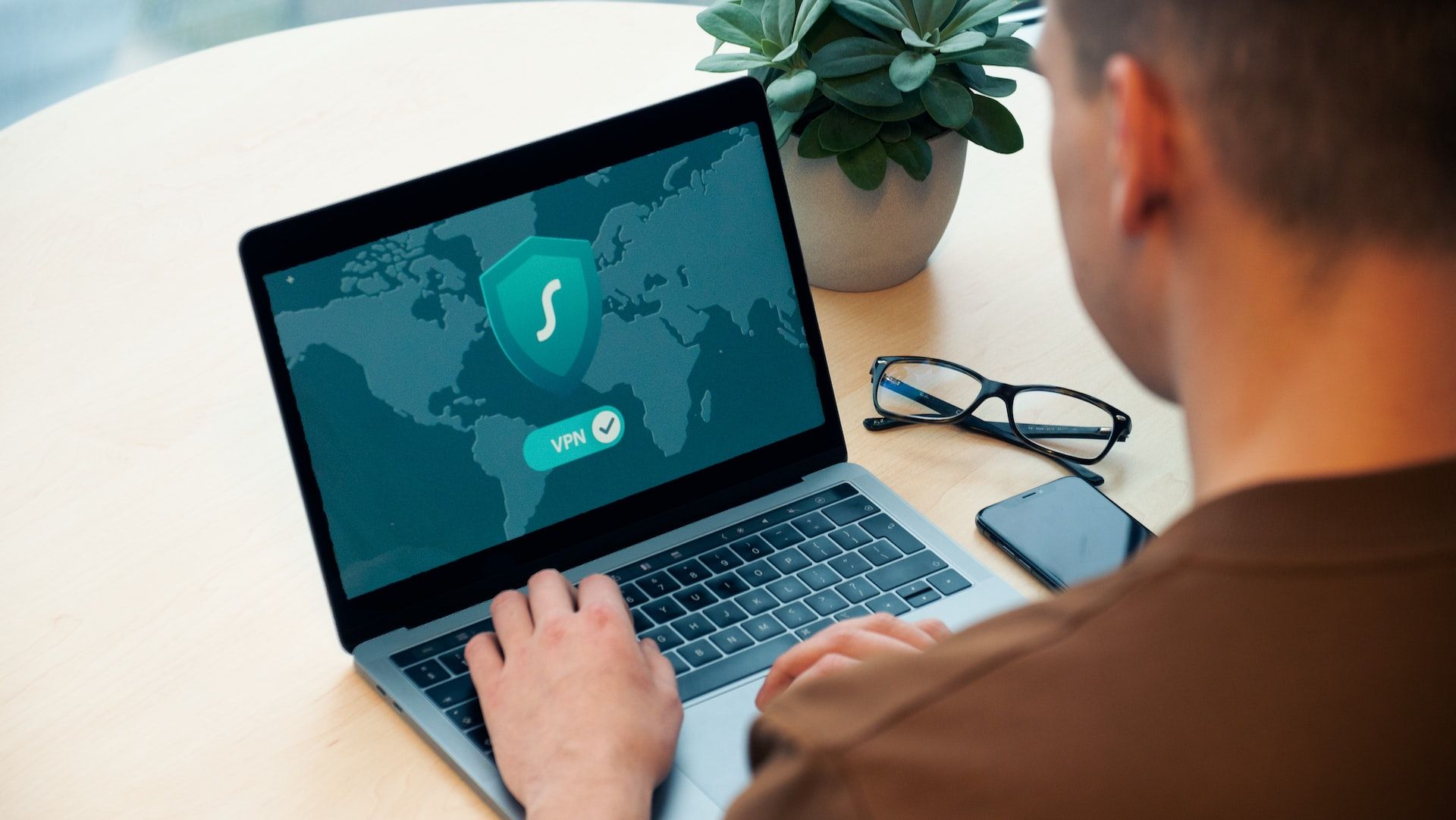
Final thoughts on computer viruses and how to keep your business protected
Ransomware is a type of computer virus or malware which hackers use to hold your data and systems for ransom.
Ransomware can have debilitating effects on any business, and small businesses are particularly vulnerable as they may not have robust cybersecurity in place to prevent ransomware attacks.
There are many actions that you can take as an organization to help prevent a ransomware attack. Just as it’s important to prevent an attack, it’s also vital that you are prepared to deal with one. Having a disaster recovery plan in place can help you respond to and recover from a ransomware attack.
At NB Technology, which is based in Belmont (North Carolina), we assist companies with a range of
network and security services, which includes
cybersecurity services and
managed cloud backup and disaster recovery.
Contact us at (704) 644-1220 for a no obligation consultation to discuss your cybersecurity needs and any inquiries you may have.

